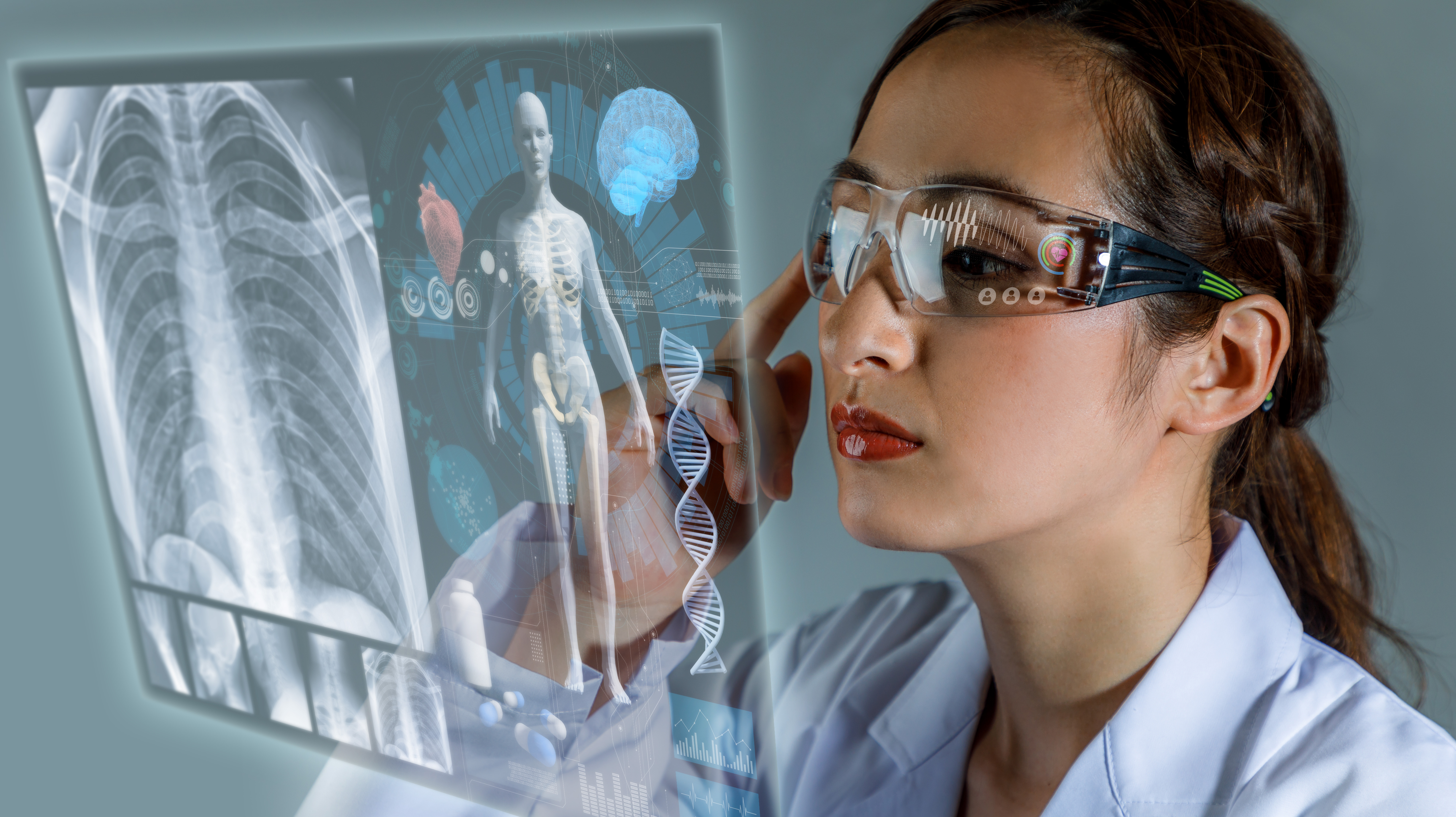A new era for medical wearables

Innovations in the wearables sector – for example, smartwatches that can perform medical-grade electrocardiograms – have significant implications for healthcare. Global Insight investigates how the increasing accuracy of these devices has consequences for regulation and the allocation of liability.
When the nature-loving health enthusiast Keith Pratt pulled up his trouser leg in the acclaimed 1976 UK black comedy film Nuts in May, he revealed to a bemused trainee teacher a pedometer. The step counter, he claimed, would help him stay fit by tracking his daily activities.
Almost 50 years later, the kind of device that marked Keith Pratt as an eccentric has become mainstream. The smartwatch, for example, packs a wealth of health-tracking apps into one device, and analyst Market Data Forecast estimates that the sector for these devices alone was worth $57.3bn in 2021. The company predicts that this figure could top $132.9bn within the next five years.
Health-tracking wearable technologies mostly work by monitoring biological activity through sensors attached to the skin. The data from these devices is typically fed into a smartphone or web application for analysis so that, in some ways, the gadget is often only one part of a distributed system for sharing fitness and health data for personal use. The sensors loaded on such devices can detect everything from falls and sleep apnea to heart rate, blood oxygen levels and skin temperature.
As devices and software become more accurate, their potential for proper medical diagnosis has increased. For example, we could well see blood pressure monitors and glucose level detectors that could help patients manage heart problems and diabetes in conjunction with doctors and nurses.
As fresh applications become more accurate and play an increasingly important medical role in the lives of wearers, the legal landscape around such technologies alters. In October, for instance, the French watchmaker Withings announced that its ScanWatch product had received clearance from the US Food and Drug Administration (FDA). According to the company, the device can perform medical-grade electrocardiograms (ECG) that check the heart's rhythms and electrical activity. If the watch detects an irregular heartbeat, the wearer can do a quick ECG and, optionally, send those details to a doctor or medical professional. It’s aimed specifically at picking up atrial fibrillation (A-fib) – a potential killer.
It’s easy to find more FDA-approved technology in smart devices. For instance, Apple Watch and Fitbit accessories and apps have received FDA approval via third party developers for various bio-monitoring functions – as has a smart pill (Abilify MyCite), which is designed to track whether patients have taken their mental health-related medication.
Great accuracy brings great responsibility
The accuracy of this new wave of applications is a game-changer because in countries such as the US in which they have a large number of users, it could mean the regulatory categorisation of these devices – and the liabilities that manufacturers could face if things go wrong – may be altered.
Up until recently, most devices have only displayed limited readings of, for instance, blood oxygen levels. What users do or don’t do with such information has not been an issue. The FDA categorises these as ‘Class I’ devices that require only self-regulation. Other global regulators have shown little interest in these products because they’ve mostly considered them to be sophisticated consumer toys with nominal health value. In fact, the earlier generations of ‘general wellness’ devices have been criticised for their sometimes-poor levels of medical accuracy and, in some cases, for creating more problems than they solve. For example, a paper by Dr Lindsey Rosman, a clinical health psychologist and an assistant professor of cardiology at the University of North Carolina, described a 70-year-old patient who developed health anxiety because of her near-obsessive use of a smartwatch to check for A-fib.
FDA-approved devices such as Withings’ ScanWatch, which carry so-called Class III status, are expected to work consistently and accurately. Their systems will have to be free of any potential algorithmic bias that could affect the diagnosis in question. Where gadgets fail to detect health risks that result in customer harm, manufacturers could face more stringent product liability.
‘Wearable manufacturers could be held liable for insufficient warning labels, punitive damages and class actions’, according to the American Bar Association’s 2020 report Brain on your wrist. In addition, US medical professionals linked to such systems who subsequently fail to act on data provided could also face malpractice charges – although the case law in this area is extremely slim.
As fresh applications become more accurate and play an increasingly important medical role in the lives of wearers, the legal landscape around such technologies alters
More accurate devices create better and larger data sets. Currently, most health tech is not covered by the US Health Insurance Portability and Accountability Act, a federal law designed to protect patient data. That’s because the Act only applies to information relayed to medical professionals. As those connections – and the prevalence of the type of remote Medicare that has become more commonplace during the Covid-19 pandemic – increase, businesses will need to have secure and robust privacy policies and systems in place.
The EU’s General Data Protection Regulation and other similar rules around the world already apply to data capture, use and transfer in those jurisdictions. This has increased the cost and risk for businesses of handling data – and fines levied against major corporations for alleged data breaches have recently seen a significant increase in size.
As Global Insight reported in The risks and rewards of robotics in 2021, research has shown that distributed systems have their own unique legal challenges. Not only do multi-component and multi-site systems face increased risk from cyberattack but lines of liability can become blurred when things go wrong. Causation for such liabilities is potentially shared between manufacturer, software developers, supply chain product providers and the vendor.
Those challenges are inherent in the infrastructure of latest health wearables. ‘[Any] life-changing injury will often be in the context of a pre-existing genetic medical condition and therefore there will be complex argument as to whether algorithmic bias or failure of the equipment has played any material part in the outcome,’ said Peter Forshaw, a partner at law firm Weightmans, in an interview last year. Failures in Wi-Fi connectivity could further muddy the waters, according to Forshaw.
There’s little doubt that developments in the wearable sector are producing a wide range of devices that promote better health management for many. But, to coin a phrase, with greater medical accuracy comes greater legal responsibility.
Arthur Piper is a freelance journalist. He can be contacted at arthurpiper@mac.com
Header pic: Young female doctor looking at hologram screen. Electronic medical record. Smart glasses. Medical technology concept:Metamorworks/Shutterstock.com
International Bar Association 2025 © Privacy policy Terms & conditions Cookie Settings Harassment policy
International Bar Association is incorporated as a Not-for-Profit Corporation under the laws of the State of New York in the United States of America and is registered with the Department of State of the State of New York with registration number 071114000655 - and the liability of its members is limited. Its registered address in New York is c/o Capitol Services Inc, 1218 Central Avenue, Suite 100, Albany, New York 12205.
The London office of International Bar Association is registered in England and Wales as a branch with registration number FC028342.
